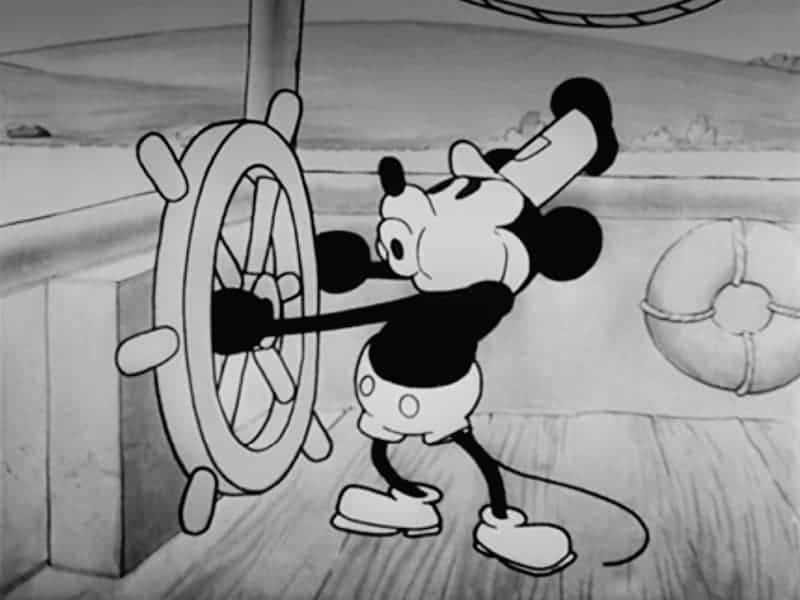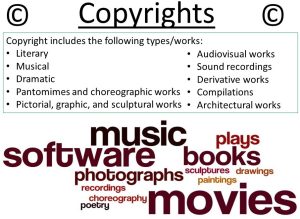The first trademarks by Walt Disney run out of copyright protection starting in 2024. This would have happened 20 years earlier had it not been for the “Mickey Mouse Protection Act of 1998” (as discussed here). For corporations, copyright lasts for 95 years from first release. (For individual creators/authors, copyright lasts for 70 years after the last author dies.)
Associated Press has a discussion about this: Mickey Mouse will soon belong to you and me — with some caveats. This article by Andrew Dalton (Dec 14, 2023) hits two notes that are not intuitive to the average person with only a modest understanding of copyrights.
1) When Steamboat Willie (c) Nov 1928 hits 95 years old, this film and some aspects of the stars of the file — Mickey and Minnie Mouse — will enter public domain. When Winnie the Poo entered public domain a horror film was released: “Winnie The Pooh: Blood and Honey.” (We suspect that A.A. Nihle would not have been pleased!)
2) You have to really wonder in amazement that such characters as Winnie, Minnie and Mickey had endured to the test of time. Many characters or graphics would not be worth much, fading into the background canvas on the painting of time. As these distinctive characters have aged they have moved into a status of folklore; and now with the passage of time, they have moved into a status of public domain as well.
Remember that there are other types of intellectual property protection by Disney, including other copyrights and trademarks. Be careful making a Disney horror film staring Minnie and Snow White.
See The Mickey Mouse Protection Act article from November.
#IntellZine #PublicDomain #Copyright


